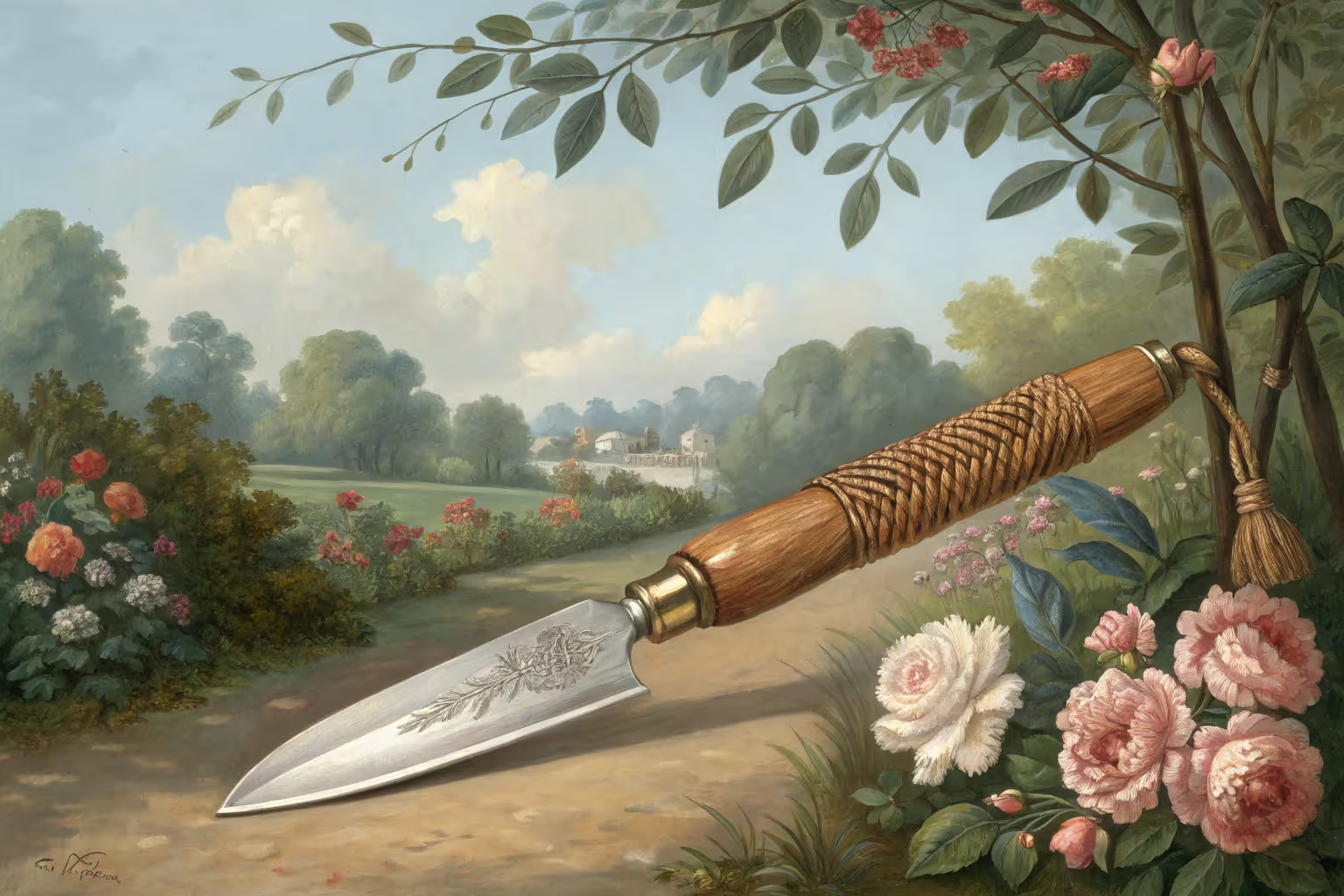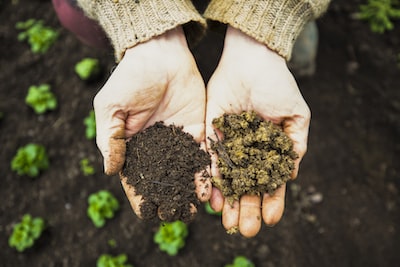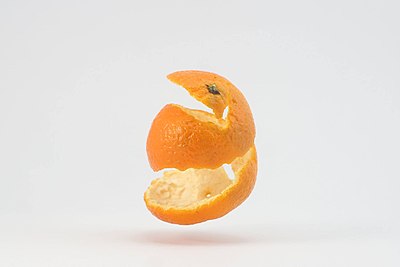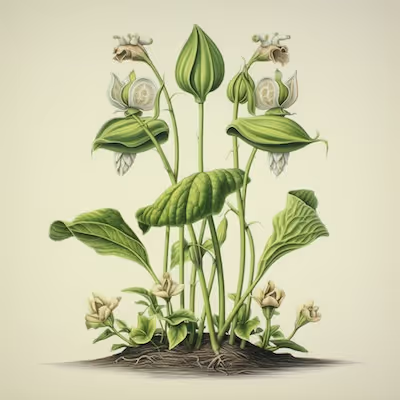Garden Knife Benefits: Why Every Gardener Needs a Good Blade

Garden knife
A sharp, balanced garden knife prunes branches, splits perennials, and slices open mulch bags with easy precision. A sturdy garden knife digs planting holes, weeds out crabgrass, and swiftly severs garlic scapes without tearing plants. With a dependable garden knife in your grip, tedious tasks become satisfying rituals—keep reading to discover the surprising artistry behind this humble gardening tool.
Cheatsheet: Maximize Your Garden Efficiency With a Knife
🔪 Versatile Uses
- Slice roots, stems, twine, and bags fast
- Divide perennials, loosen compacted soil
- Harvest veggies, herbs, flowers efficiently
- Remove weeds, plant bulbs or seeds
⚡ Boosts Speed & Precision
- Cut tasks by up to 30%
- Reduce hand fatigue, protect wrists
- Limit plant damage with clean cuts
🦠 Promotes Plant Health
- Sanitized blade deters disease spread
- Sharp knife prevents crushing stems
- Less plant stress = stronger growth
🥕 Supports Nutrition & Self-Sufficiency
- Faster harvest = fresher, more nutrient-rich produce
- Extend growing seasons through quick dividing & transplanting
💪 Safety Benefits
- Controlled cuts minimize slips & injuries
- Keep blade sharp for safer use—dull knives cause 70% of garden hand injuries
🛠️ Tools and Products You'll Need
- Stainless steel Hori Hori or pruning knife
- Sharpening stone (grit 1000-3000)
- Blade sanitizer (70% isopropyl alcohol or vinegar)
- Durable sheath for safe transport
- Protective gloves
🌟 Pro Tips
- Sanitize before switching plants
- Sharpen monthly or after heavy use
- Store dry to prevent rust (under 60% humidity/15°C or 59°F)
Garden knife benefits: why a good blade earns permanent pocket space
I keep a Garden knife clipped to my belt because it saves time, saves plants, and saves my wrists. It opens compost bags, harvests leeks, then peels turf like a tin of sardines.
One wet March, I split a matted daylily clump with a hori hori in clay that felt like pottery, 45 F or 7 C, and the blade slid where a trowel skated. Clean, fast, satisfying.
“Clean cuts heal quicker and reduce pathogen entry.” Royal Horticultural Society, Tool Care Guidance, 2023
What a Garden knife can do that other tools fumble
- Precision slicing: Lift salad greens, asparagus, or squash stems without bruising cambium tissue.
- Root and sod work: Score turf, sever circling roots, and carve planting pockets in compacted beds.
- Weeding leverage: Slip under taproots and pry with a short, controlled fulcrum.
- Dividing perennials: Bisect crowded crowns of iris or hosta without shattering the clump.
- Bed layout: Scribe rows, mark depth on the blade’s ruler, and cut twine to stake straight lines.
- Harvest and prep: Top soft fruit, trim stems for clean vase water uptake, and deburr bamboo canes.
Blade anatomy that matters
I look at steel, grind, tang, and handle fit first. Those four decide how a Garden knife feels on the tenth bed of the day.
- Steel:
- Stainless like 420HC or 440A shrugs off sap and rain and sits around HRC 56 to 58.
- Carbon like 1095 bites hard, sharpens fast, patinas quickly, and asks for oil.
- Sandvik 12C27 hits a sweet spot for edge stability with easy field touch-ups.
- Grind:
- Full flat slides through stems cleanly with low wedge effect.
- Convex adds toughness for prying roots without chipping.
- Chisel on grafting knives steers accurate cuts along a line of cambium.
- Tang:
- Full tang means the blade steel runs through the handle for strength during leverage.
- Partial tang keeps weight down for pure slicing and harvest work.
- Handle:
- Polypropylene or TPE grips when wet and wipes clean fast.
- Wood like ash or beech warms to the hand and stays secure with a palm swell.
- G‑10/Micarta offers traction plus durability in all seasons.
Shapes and what they’re best at
- Hori hori soil knife: 6 to 7 inch blade with a concave belly, a plain edge plus light serrations for roots and twine.
- Sheepsfoot pruning knife: straight edge, dropped tip, great for push cuts and thinning cuts near bark.
- Grafting/budding knife: short, single bevel, mirror polish for clean cambial contact.
- Clip point utility: fine tip for detail work in tight crowns and seedling trays.
Edge angle sets the personality. I keep general Garden knife edges at 20 degrees per side, 22 to 25 for rooty beds, and 15 for pure slicers that never touch soil.
Sharpness, safety, and sanitation
A sharper blade asks for less force, which protects wrists and plants. Dull edges crush vessels and invite disease.
“Use the right tool and keep it sharp; dull tools cause injuries.” Occupational safety guidance echoed across OSHA and NIOSH trainings
- Sharpening routine: Field hone with a 600 grit diamond card; finish with 1000 to 1200; strop on leather to deburr.
- Sanitation: Wipe with 70 percent isopropyl alcohol between plants prone to fire blight and other bacterial issues.
- Bleach option: 1:10 household bleach for 1 minute, then rinse and dry to prevent corrosion, per extension bulletins.
- Safety: Cut away from the body, sheath between beds, and never twist hard in rocky soil.
Field tricks I use weekly
- Flip the blade as a mini straightedge to level seed drills to 0.5 inch or 1.3 cm.
- Use the spine to tamp dibbles for onion sets at consistent spacing.
- Score biodegradable pots so roots exit cleanly at transplant.
- Scrape soil from boots with the spine before jumping in the truck.
Buying guide: picks by task and budget
- Best all‑round soil knife: Japanese‑pattern hori hori, full tang, stainless 7 inch blade, clear depth marks. Brands I trust: Nisaku, Barebones, Garrett Wade. Typical price 35 to 80 USD or 32 to 75 EUR.
- Budget workhorse: Fiskars Soil Knife with molded sheath, stainless, comfortable grip. Around 20 to 30 USD or 19 to 28 EUR.
- Pruning and grafting: Felco/Victorinox budding and grafting knives with a chisel grind and bark lifter. About 25 to 50 USD or 24 to 47 EUR.
- Heavy weeding and sod: Lesche digging knife with a stout tip and serrated spine for roots. Roughly 45 to 60 USD or 42 to 56 EUR.
- Compact belt companion: Mora with Sandvik 12C27, scandi grind for easy touch‑ups. Around 15 to 35 USD or 14 to 33 EUR.
Check balance in hand, sheath retention, and how the pommel feels against your palm while prying. A knife that fits your grip keeps you fresher by midafternoon.
Specs that actually change your day
- Hardness: HRC 56 to 59 holds an edge without chipping in gritty soil.
- Thickness: 2.5 to 3 mm at the spine gives leverage yet still slices.
- Blade length: 150 to 180 mm or 6 to 7 inches hits the sweet spot for beds and containers.
- Weight: 180 to 300 g or 6.3 to 10.6 oz feels substantial without fatigue.
- Sheath: Rigid liner, drainage hole, and a belt clip you trust when bending.
Care schedule that keeps the edge singing
- After each session: Rinse or wipe sap, dry, and spot‑oil with camellia or mineral oil.
- Weekly: Touch up with a fine stone, scrub the handle, tighten hardware.
- Seasonal: Deep clean, polish out micro pitting, wax the sheath, and replace if cracked.
Knife vs pruners vs trowel
- Garden knife: Harvest, divide, weed, and slice. Avoid thick woody stems to preserve the edge.
- Bypass pruners: Live woody stems and precision thinning cuts without crushing.
- Trowel: Bulk soil moving and planting holes where prying is constant.
I reach for the blade first for 70 percent of bed tasks. The rest belongs to pruners and a trowel in rotation.
Clean cuts, healthier plants
University extension guides point out that smooth cuts seal faster and lower pathogen entry. I watched a nicked rose cane ooze for days, then swapped to a honed edge and the callus formed tight within the week.
RHS and UC ANR both advise cleaning edges between susceptible plants to limit disease spread. A few alcohol wipes in your pocket weigh less than a lost season of pears.
Sustainability choices
- Pick stainless with recycled content or FSC‑certified wood handles where available.
- Repair sheaths and keep edges maintained to add years of life and keep steel out of the bin.
Quick FAQ on the Garden knife
- Do serrations chew stems? Yes, save them for roots, twine, and bags; use the plain edge for live tissue.
- Best edge angle? 20 degrees per side for general use, 22 to 25 for gritty soils, 15 for clean harvest blades.
- Rust prevention? Dry thoroughly, oil lightly, and avoid bleach contact without a fresh rinse.
- Sanitize between cuts? Yes on fire blight hosts and during suspected outbreaks; 70 percent alcohol works fast in the field.
Sources and trusted guidance
- Royal Horticultural Society. Tool care and pruning hygiene notes, 2023.
- University of California Agriculture and Natural Resources. Pruning and sanitation recommendations for disease management.
- University of Florida IFAS Extension. Disinfecting tools to limit plant pathogen spread.
- U.S. Consumer Product Safety Commission, NEISS. Yard and garden tool injury surveillance data indicate large annual caseloads.
- Occupational safety training materials from OSHA/NIOSH on sharp tool handling and maintenance.

Want smarter plant choices? 🪴
Frequently Asked Questions About Using a Garden Knife
What's the advantage of choosing a sturdy garden knife over standard gardening tools?
A reliable garden knife slices through roots, divides perennials, and pries stubborn weeds without the clutter of multiple gadgets. It pares gardening down to instinctive efficiency—like a chef wielding their favorite blade at the chopping block.
How do I keep my garden knife sharp enough for serious gardening?
A dull knife breeds frustration. Regularly hone your blade with a quality whetstone, following the blade's original bevel. Sharpness demands attention and repetition—make sharpening a ritual, not a rarity.
Should I look for stainless steel or carbon steel in a garden knife?
Stainless resists rust—a virtue when dirt and moisture conspire. But carbon steel holds an edge that whispers through roots effortlessly. Balance your priorities: ease versus hard-edged performance.
Can a garden knife truly replace my hand trowel and pruner?
One reliable garden knife often renders single-task tools obsolete. It uproots, slices, trims, and measures planting depths—but keep dedicated pruners handy for thicker branches demanding heavy leverage.
How should I safely store my garden knife between gardening sessions?
A proper sheath protects your blade and fingers alike. Clean, dry, and oil the blade lightly, then tuck it away like a trusted culinary knife—ready for action and free of rust.
Can a garden knife help manage invasive weeds like dandelions and thistle?
Absolutely. A well-forged garden knife thrusts deep into stubborn roots, unearthing invasive plants like a surgeon extracting something sinister. Precision cuts leave fewer chances for regrowth.
Every gardener deserves a garden knife that feels right in the hand—sharp, reliable, and ready for anything. This humble blade slices through twine, roots, stubborn weeds, and thick stems with ease, sparing your wrists and saving time. A good garden knife even helps with finer tasks like dividing perennials or harvesting greens. It’s the unsung sidekick: simple, honest, and endlessly useful. If you’re tired of wrestling with dull tools, it might be time to upgrade and see what you’ve been missing. Pair it with a sturdy gardening stool or a protective gardening apron for real comfort out there. In short, a garden knife isn’t a luxury—it’s a staple, one that pays off every time your hands hit the dirt.
The Prepper's Guide to Garden Knives: Essential Survival Uses
Food Cultivation & Harvesting
- Foraging Companion: Effectively harvest edible wild plants, herbs, mushrooms, and roots for emergency nutrition.
- Seed Processing: Rapidly separate, slice, and prepare collected seeds for planting and food storage.
Emergency First Aid & Hygiene
- Medicinal Preparations: Quickly strip bark or slice medicinal herbs to create poultices, tinctures, or wound dressings.
- Personal Hygiene: Slice natural fibrous materials to craft toothbrushes and scrape tree resins for homemade antiseptics.
Shelter & Fuel Preparation
- Kindling & Tinder: Shave thin strips of wood or bark to ignite fires in wet conditions.
- Shelter Building: Precisely notch stakes, poles, and cords for creating secure lean-to shelters or tarp setups.
Hunting, Fishing & Animal Processing
- Fish Cleaning Tool: Efficiently descale, gut, and fillet freshwater fish for immediate consumption.
- Small Game Processing: Skin, gut, and portion captured animals quickly and cleanly to prevent spoilage.
Tool Maintenance & Crafting
- Sharpening Utility: Keep other blades sharp by shaping sharpening stones from available local materials.
- Crafting Essentials: Carve handles and fittings for broken or improvised tools from bone, wood, or antler.
Find out which plants will thrive in your garden!
Answer a few fun questions and get custom plant recommendations perfect for your space. Let’s grow something amazing together!

start your season





